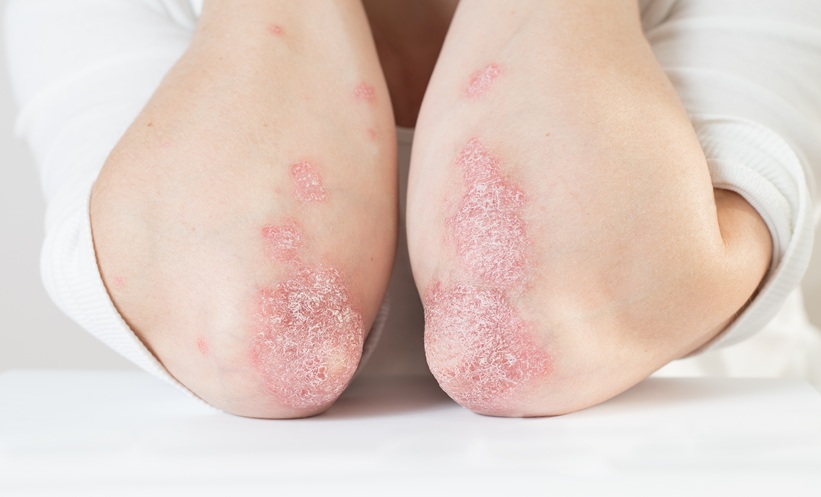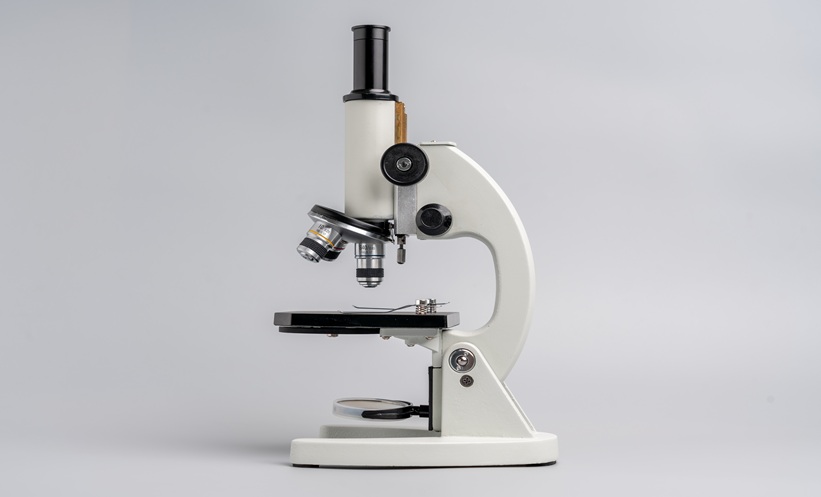Abstract
Psoriasis is a common inflammatory skin disease and its immuno-aetiopathogenesis has been extensively studied, using both human clinical samples and animal models of disease in the last four decades. This large effort has resulted in the identification of a number of psoriasis-susceptibility genes, T cells as critical effector cells in disease pathogenesis, and in a number of pro-inflammatory cytokines underlying the disease. More importantly, these findings have been translated into novel targeted therapies already in the clinic or in the advanced stage of clinical trials. Here, we review the more recent genetic and immunological findings and identify research gaps and future directions to take to further improve our understanding of one of the most common skin diseases.
Please view the full content in the pdf above.








